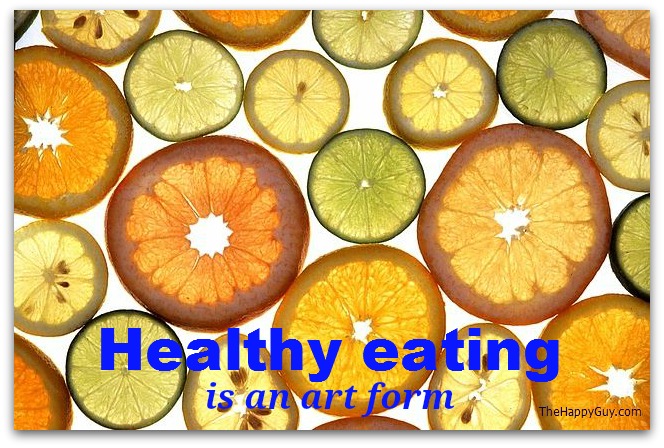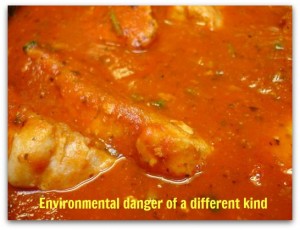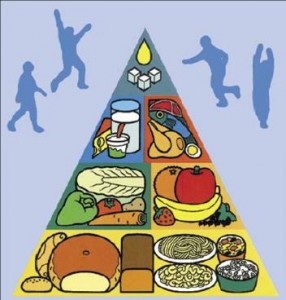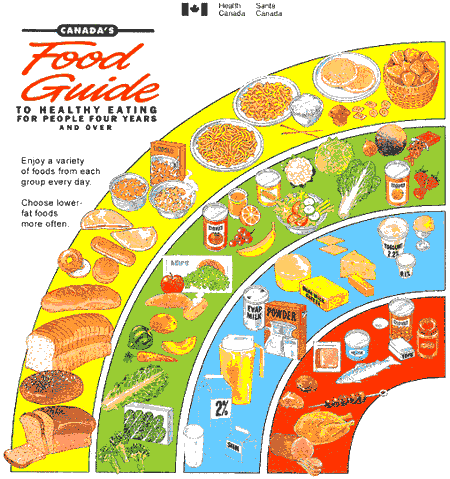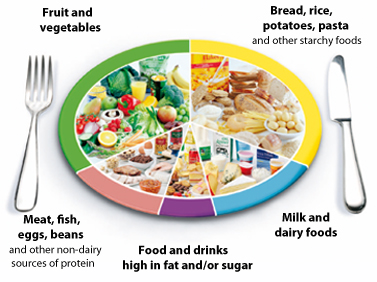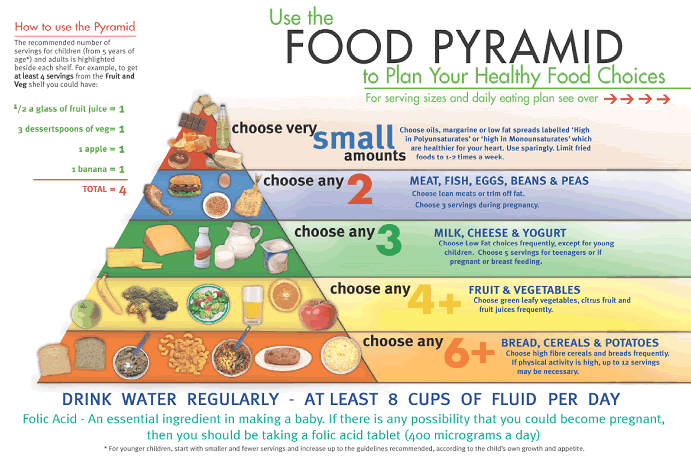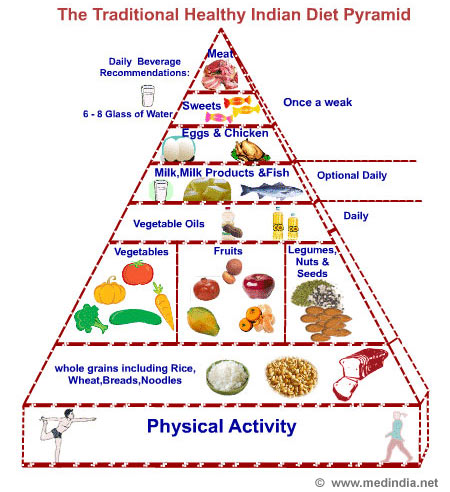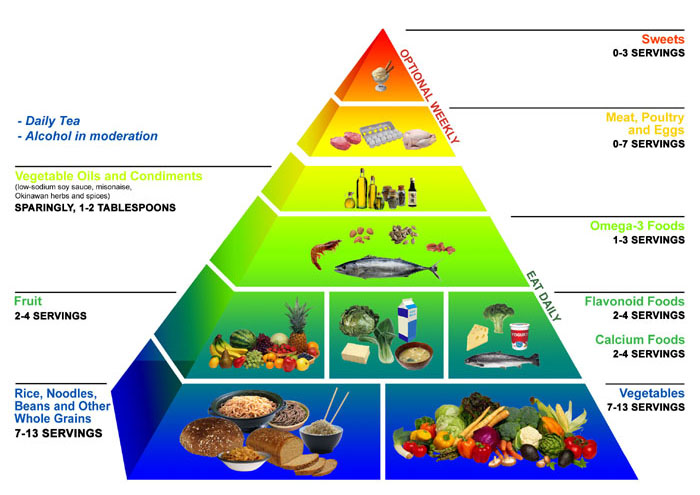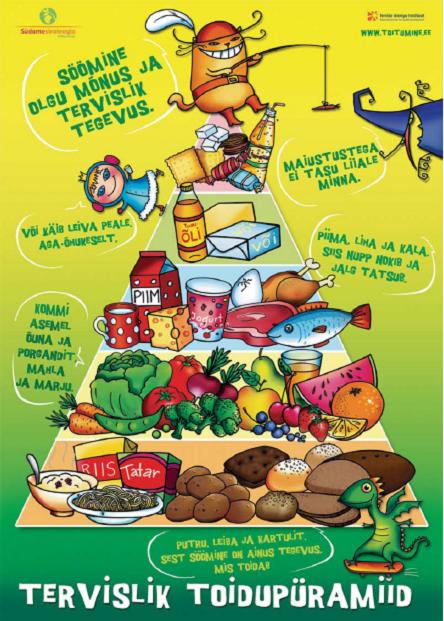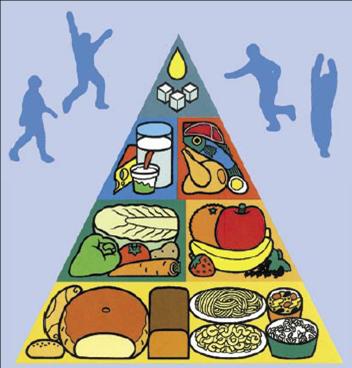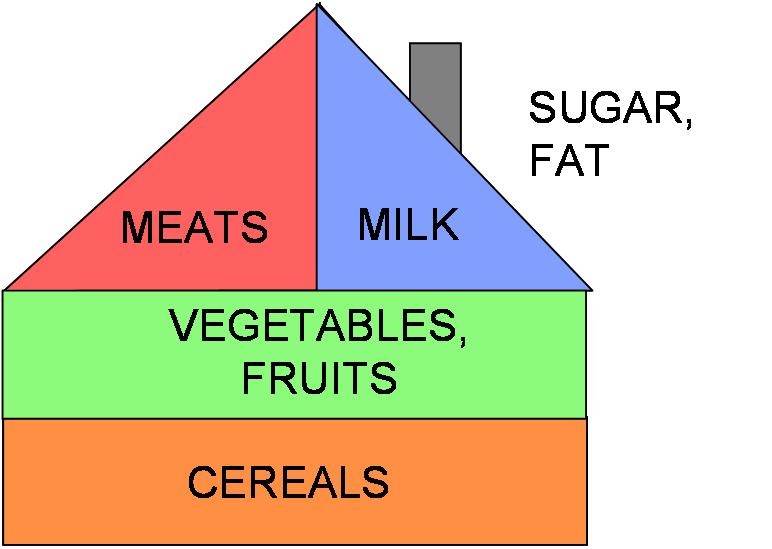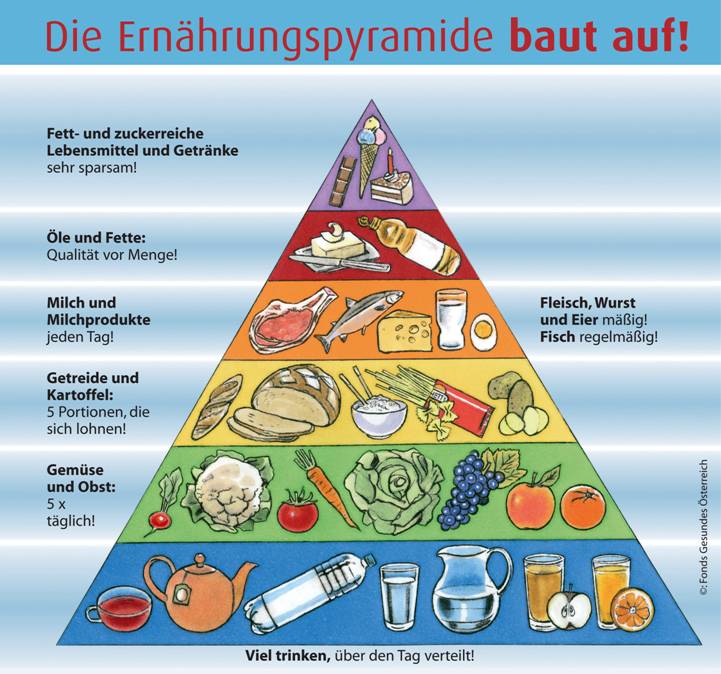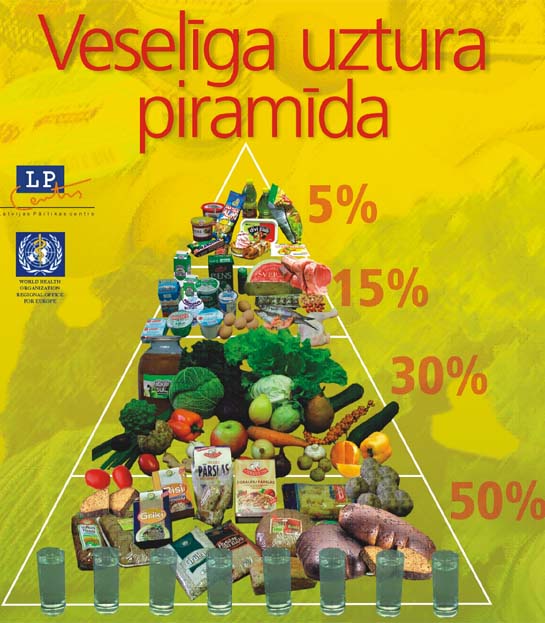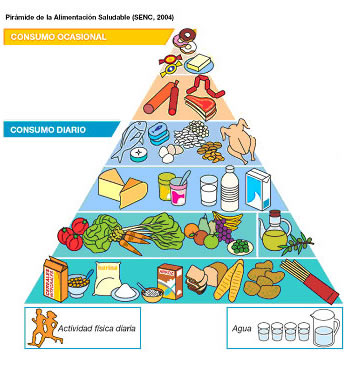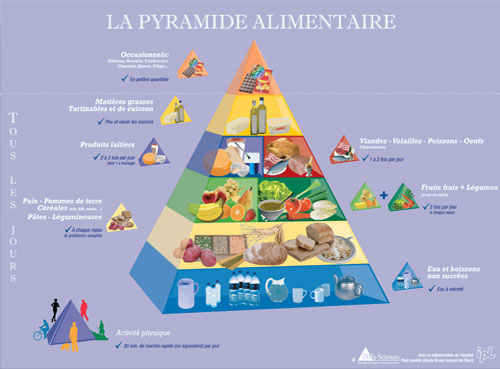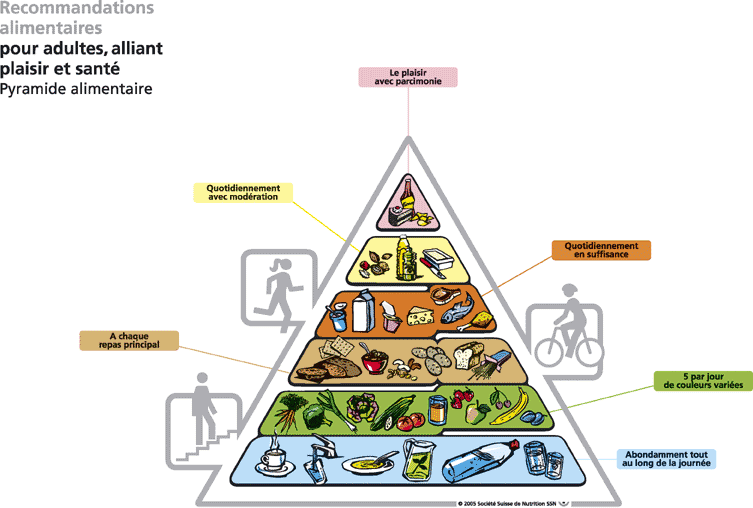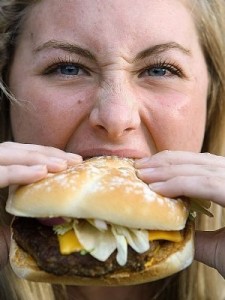 “Women who mostly ate junk and processed foods were more likely to have depression and exhibit increased psychological symptoms.”
“Women who mostly ate junk and processed foods were more likely to have depression and exhibit increased psychological symptoms.”
So says Dr Felice Jacka of Deakin University. She ran a research the study that tested more than 1000 women from a cross-section of Australian society, finding that those women who followed the national dietary guidelines were less likely to suffer from depression or anxiety. No surprise – if you don’t get the basic nutrients you need to keep your body functioning properly, how can you expect your brain or your emotions to stay in balance.
The relationship between diet and mental health was strong, even stronger than the relationship between diet and
- socio-economic status
- obesity
- illness
- education
- whether they smoked or not
The World Health Organization has identified 2020 as the year when depression is likely to become the second biggest cause of disability – after cardio-vascular disease. In addition to all the other benefits of good nutrition, preventing an increase in depression has just been added to the list. Why not take a few moments today at lest to review the basic health guidelines offered up by the government. They are not very detailed, but following them is way, way better than not following them.




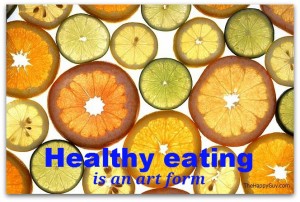
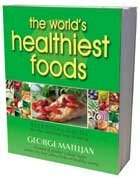 I ran across this
I ran across this 